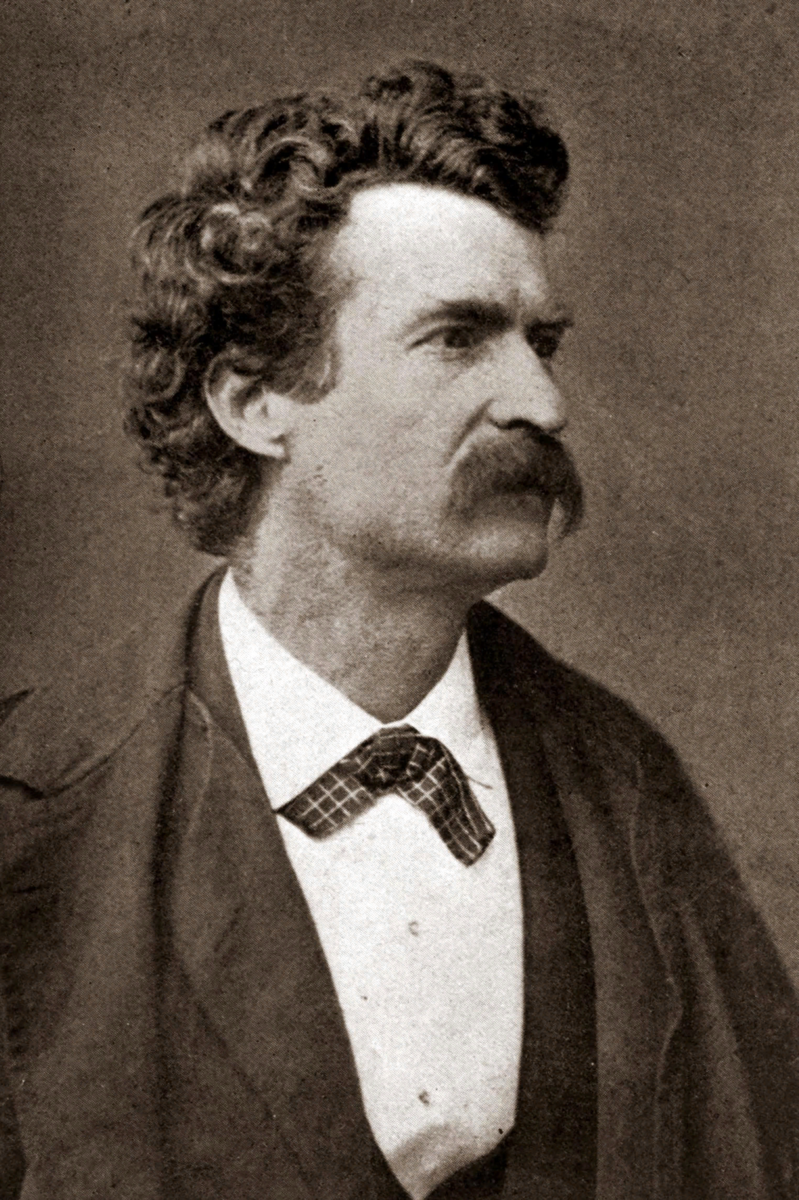«Mark Twain and National Character of American Literature» is a study of his works in a comparative European-American context as a bright embodiment of national mentality and character.
The first chapter deals with some principal features of Mark Twain's humor blending quite different traditions — high and popular, oral and written, comic and serious. He ventured to complement the folklore and subliterature of the American frontier with European classics, the Southwestern bragging with the imagination and rhetoric of Shakespeare and Cervantes, Rabelais and Voltaire, Defoe and Swift. The very core of Mark Twain's humor is the buffon mask of a hero-narrator, who plays the role of an archaic trickster and some other traditional heroes such as a braggart, a home-made philosopher, an efficient fool. At the same time Mark Twain is the comic double of Samuel Clemens and an average American with its specific features: individualism and self-reliance, activity and enterprise, the pursuit to freedom and the thirst for novelty in everything, the bent for violence and intolerance of others. Mark Twain's humor creates an inside-out image of the world based on total parody and desecration of high values and persons, and sometimes on hoax. The plot of his humorous story is constructed by the yarn scheme and was a chain of some anecdotes on a peculiar topic.
The second chapter traces the formation of early American realism in the two decades after the Civil War. There were some different trends and two main streams — European and native by their origins. Stories and novels of R.H. Davis and L.M. Alcott were connected with didactical literature, works of W.D. Howells and H. James with contemporary European novels, some other writers with local color movement. Twain's realism is a combination of wild humor and non-fiction of «the naked eye» type. The image of America is optimistic and even idyllic in early novels of Twain, Howells, and James. There is one more essential difference from contemporary European novels: Twainian boys and Jamesian girls and young women offer resistance to social influences.
The third chapter outlines the main story of American culture and fiction. It includes some significant events: an escape from civilisation to Nature, a clash of a hero with the whole world, and his way to success which sometimes may transform into a tragedy. The analysis of Twain's chief novels from this point of view show «The Adventures of Tom Sawyer» as a model story of success, and «Adventures of Huckleberry Finn» as a classic story of escape. «A Connecticut Yankee in King Arthur's Court» is also a story of an escape and a success, but the main theme is a war of this hero against the legendary world of slavery to make a bloodless revolution that ends in enormous massacre and great failure. Besides, there is also a favourite Twain's plot of twins or doubles that shows an
ambivalent and indefinite nature of national character. He used it in his novel «The Prince and the Pauper» and in some other stories.
The fourth chapter outlines the great change of the American mind in the end of the XIX-th century and the late Mark Twain's revaluation of principal values of the Christian civilization. Twain made it in four literary forms: in his parable stories, such as «The Tragedy of Pudd'nhead Wilson» and «The Man that Corrupted Hadleyburg» combining detailed account of events and things with symbolism; in his political pamphlets fulfilling three main functions: to name, to unmask and to overthrow a certain social evil; in burlesques of Holy Writ in his «Letters From the Earth» and «Mysterious Stranger»; and also in his curious «Autobigraphy» alternating memoirs, topical satire and journalism.
| Предыдущая страница | К оглавлению | Следующая страница |

